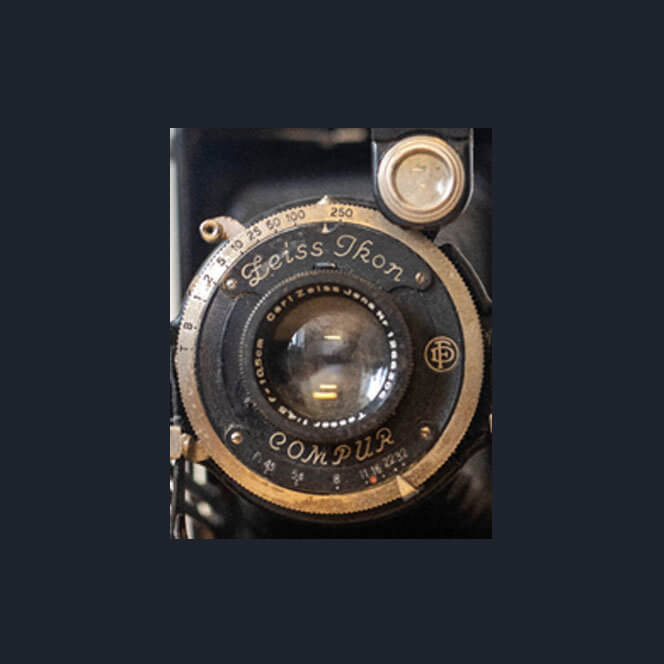This post is a comment by Larry Ray on his article in Cultural Sociology 2020 ‘Social Theory, Photography and the Visual Aesthetic of Cultural Modernity’, which won the 2021 SAGE Prize for Innovation and Excellence.
I have been taking photographs for as long as I can remember. My father was a photographer in the Air Force during the War and an armature enthusiast subsequently and I can’t remember a time when there weren’t cameras around. But I began research into photography only about ten years ago. This grew initially from my research on violence as I began to examine the complex relationships between violence and its visual representations. One aspect of this is the belief that photography and other visual media have played a crucial role in social critique and activism. From Jacob Riis’s How the Other Half Lives that documented squalid living conditions in New York City slums in the 1880s to photography of war and atrocity, the image has claimed the power to inform and mobilize campaigns for social justice. But at the same time, photography has been controversial since its inception and open to accusations of lack of validity, voyeurism, commodification, and the aestheticization of suffering. Jean-Luc Nancy for example, claims that to depict violence is itself an act of violence. I began work in this field then by addressing the broad debate over the power of the image either as social critique or in itself a replication of violence. I discussed these questions particularly in the second edition of Violence and Society (Sage, 2018) in a new chapter on ‘Violence and the Visual.’ I argue that despite the many reasonable anxieties about the image, it has the potential to make visible global structures of violence and it is the violators of human rights and not the photographers who document them who are the perpetrators of violence. The image, though, does not magically speak to us but rather is always viewed in context and through multiple ‘lenses’ of social difference.
In the Cultural Sociology article, I broaden this discussion and address the relationships between photographic aesthetics and sociology, both of which engage with questions of realism versus constructivism, validity and objectivity, and social engagement. Both have and do cross paths in theoretical and methodological controversies. My discussion draws critically on Georg Simmel’s sociology of the visual to explore these issues and compares his concept of social forms and their development with the emergence of the photograph. Simmel attempted to grasp the experience of modern everyday life as fluid and fleeting, understood the aestheticization of social interaction, and the significance of the visual. These suggest ways of exploring the relationship between sociology and photography. I asked what this approach might have to say about the photograph, which both captures a fleeting moment while freezing it in an image structured by composition, light, the angle of view and so on. This in turn raises questions about how memory, place, our social relationships and categories are mediated by the image. One theme explored here is the ambivalence of the image that is inevitably caught between the urge to represent its object, and in this sense make a claim to truth, and the imaginative creativity of the photographic process.
Several dimensions of this ambivalence are discussed with reference to the politics and aesthetics of socially engaged photography in the first half of the 20th century. This period is interesting for a number of reasons. It was characterised by photographic movements disputing precisely these kinds of issues – the move away from pictorialism, Bauhaus-influenced Neues Sehen (New Vision) that followed conventions of abstraction and challenged the idea of representing the ‘real’, the contrasting hard realism of Neue Sachlichkeit (new objectivity), the experimentation with photomontage and so on. Further, this was the period when photography was in a sense ‘democratized’ though expanding ownership of hand-held cameras and a wide range of amateur (as well as professional) photographic magazines. In this context, and influenced by early Soviet photographic constructivism and visual propaganda, socialist and communist movements across Europe and the US promoted ‘workers’ photography’ as a ‘weapon of class struggle.’ Through photographic magazines such as the Austrian Social Democrat Der Kuckuck and the German Communist Arbeiter-Illustrierte-Zeitung, the radical left developed new photographic languages and methods that reflected and influenced wider movements in photographic aesthetics.
Finding new photographic languages also then created new aesthetics and forms of representation that pointed beyond straight social realism and imaginatively revealed more than was immediately visible. Just as Simmel notes, the aesthetic of a landscape is not found ‘in nature’ but is mediated by social forms and conventions, so the social realist photograph follows aesthetic conventions. In this way, as an aesthetic form, it takes on a life beyond its maker, as Adorno put it. This argument is developed with reference to two apparently contrasting photographers – the Communist social realist Edith Tudor Hart and the ‘New Vision’ abstract photo artwork of László Moholy-Nagy. With Tudor Hart’s images of impoverished and rebellious working-class life the aesthetic form through which her photography is expressed is an antithesis of the violence of the class structure she depicts and points beyond to a more just society. Somewhat by contrast, Moholy-Nagy’s Constructivism strove to challenge the literal world of surface appearances and use the camera to reveal what is not immediately visible. Moholy-Nagy’s work pushed beyond subjective perceptions and contained the utopian promise to improve human subjects. So, with reference to examples of their work, I suggest that both, through different mediums, disrupt conventional ways of viewing and in the process invoke the imagination of a better world. I did, by the way, benefit from conversations with relatives of both photographers in exploring their approach to photographic aesthetics.
While these questions are in themselves of interest to sociologists, the question of the status of the image does, I think, go further into the heart of how we understand the social world especially as visual sociology becomes a significant sociological method. There is a question of whether the ambivalence of photography, between realism and constructivism, is reflected in sociological forms of representation. Realist empirical sociology assumes that the referent is external to our methods although it is also constituted by them. The wider implications of this for visual sociology are that one should not assume the image has just a realist status as ‘evidence’ but is rather an imaginative and aesthetic construct produced through the media of form, light and composition. The ambiguity of the photograph can be read as capturing Simmel’s unavoidable ambiguity of social life.
Larry Ray is Professor Emeritus of Sociology at the University of Kent. His research interests include critical social theory, postcommunism, the sociology of violence, Jewish studies and visual sociology. Recent publications include Violence and Society (Sage, 2018 second edition), Boundaries, Identity and Belonging in Modern Judaism (Routledge, 2016, with Maria Diemling) and articles on Hannah Arendt, Marx at 200, and disputed Holocaust memory in Poland. Twitter: @LarryJRay


